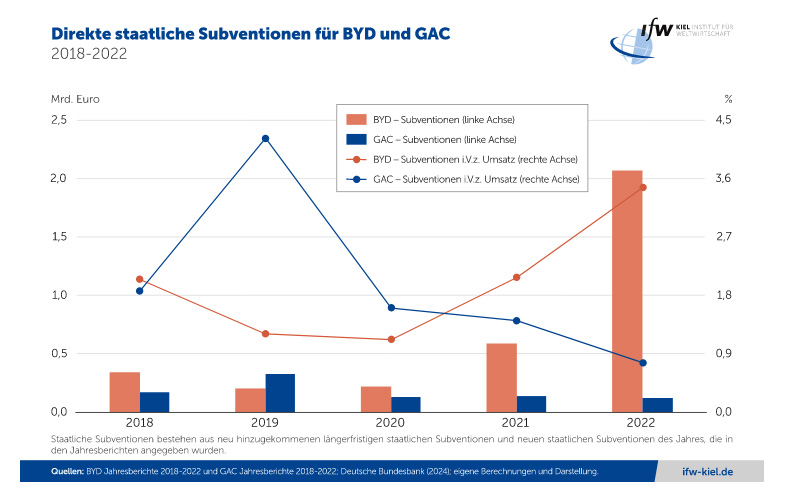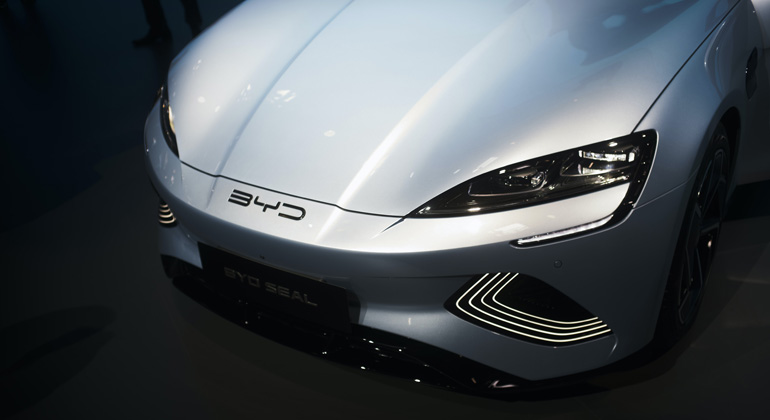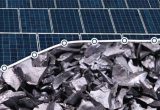China’s Massive Subsidies for Green Technologies
A new study by the Kiel Institute indicates that Beijing heavily subsidizes its domestic industries, particularly in sectors such as green technologies like electric mobility or wind power.
Estimates suggest that China’s overall subsidies range between three to nine times that of other OECD countries such as the USA or Germany. According to the analysis of new data, one of the major beneficiaries is the electric car manufacturer BYD. This reflects BYD’s significant expansion in both technological and production capacities, as well as its increasing competitiveness.
China’s subsidy policy has been a controversial issue for years: European industries often struggle to compete with Chinese counterparts on price. However, without China’s subsidized technology, products crucial for Germany’s green transformation would become more expensive and scarce as well,” says Dirk Dohse, Research Director at the Kiel Institute and co-author of the Kiel Policy Brief Foul Play? On the Scale and Scope of Industrial Subsidies in China published today.
The authors illustrate that government subsidies are prevalent in China, with over 99 percent of listed companies receiving direct government subsidies in 2022. China frequently employs subsidies strategically to advance key technologies to market readiness.
Combined with other support measures, such as preferential access to critical raw materials, forced technology transfers from foreign investors, and favorable treatment in public procurement and administrative procedures, Chinese companies have rapidly expanded in various green technology sectors, dominating the Chinese market and increasingly penetrating EU markets.
In recent years, China has emerged as the leading global producer of photovoltaic systems and battery cells. The country clearly aims to achieve similar leadership in other green technology sectors, including electric vehicles and wind turbines.
Currently, the electric car manufacturer BYD receives particularly high subsidies. Direct subsidies amounted to approximately EUR 220 million in 2020, rising to EUR 2.1 billion in 2022. In terms of business revenues, direct subsidies increased from 1.1 percent in 2020 to 3.5 percent in 2022. Additionally, BYD receives significantly more purchase premiums for electric cars in China compared to other domestic manufacturers like GAC or foreign companies producing locally, such as Tesla or VW’s joint ventures.


“However, the figures clearly understate the true scale and scope of green technology subsidies in China,” says Dohse. For instance, BYD benefits from subsidies to battery producers through lower input prices, as well as subsidies to buyers of battery electric vehicles, thus stimulating demand.
Leading Chinese wind turbine suppliers, such as Goldwing and Mingyang, also benefit significantly from government subsidies. In the case of Mingyang, subsidies increased from EUR 20 million in 2020 to EUR 52 million in 2022. Relative to revenue, recent subsidies were comparable to car manufacturer GAC and amounted to approximately 1.2 percent in 2022.
The authors recommend that the European Union engage in negotiations with the Beijing government amidst the recently initiated anti-subsidy proceeding against imports of electric vehicles from China, aiming to persuade China to withdraw subsidies particularly harmful to the EU. Given China’s current macroeconomic weakness, its relative strength in green technology sectors, and its tensions with the US, the authors see a realistic chance of successful negotiations. “The Chancellor’s trip to China next week offers an excellent opportunity to pave the way for such negotiations,” says Dohse.








